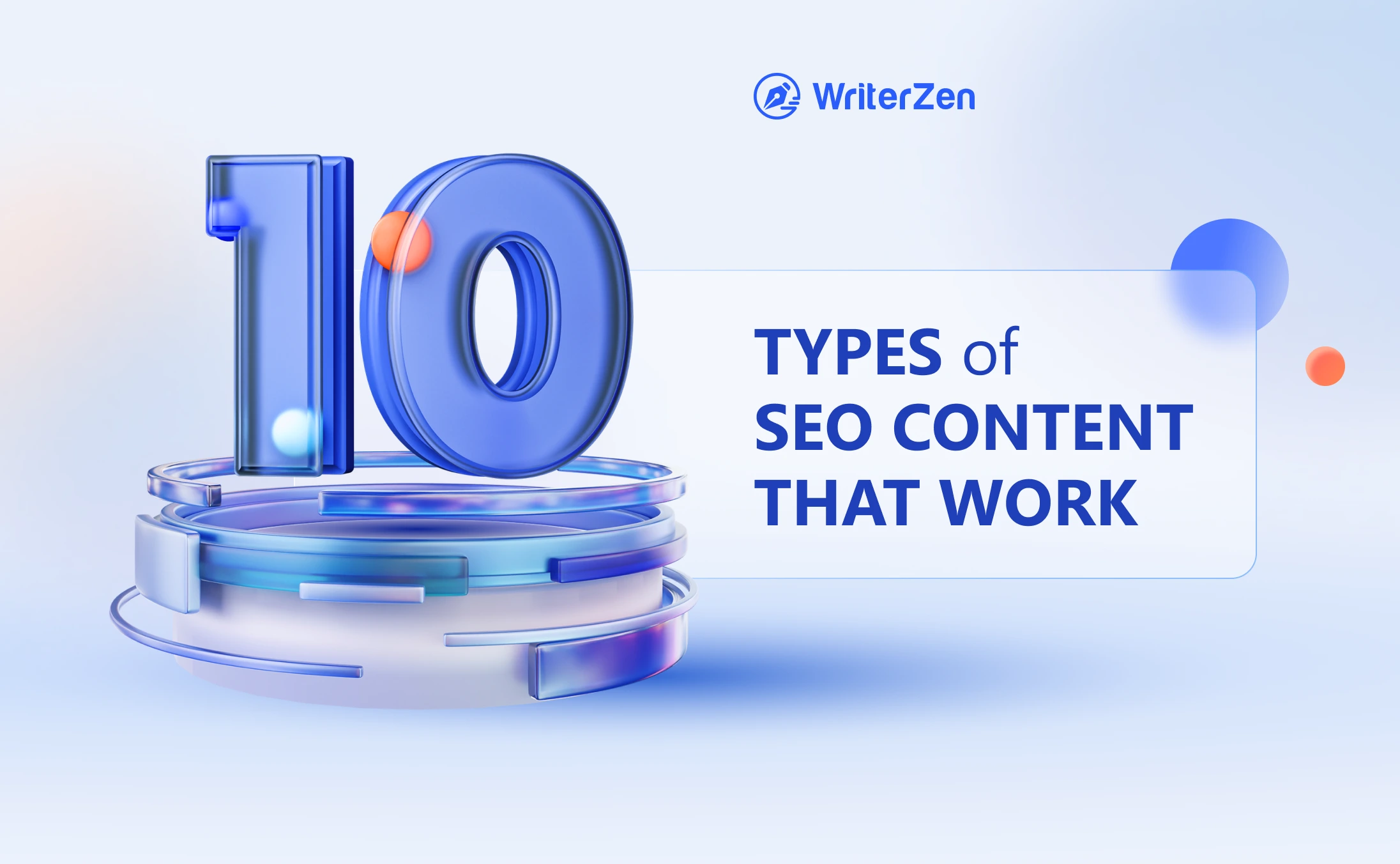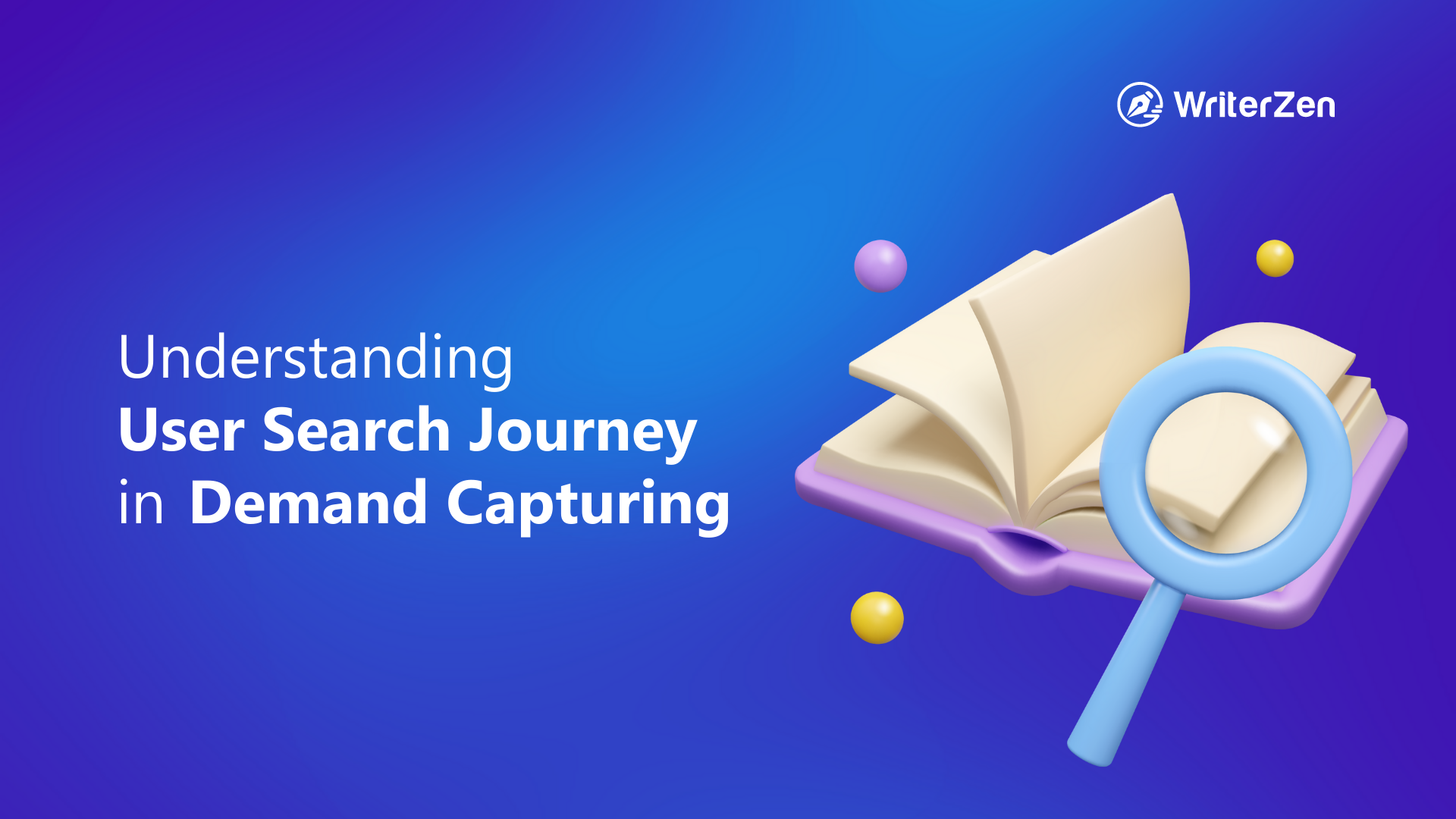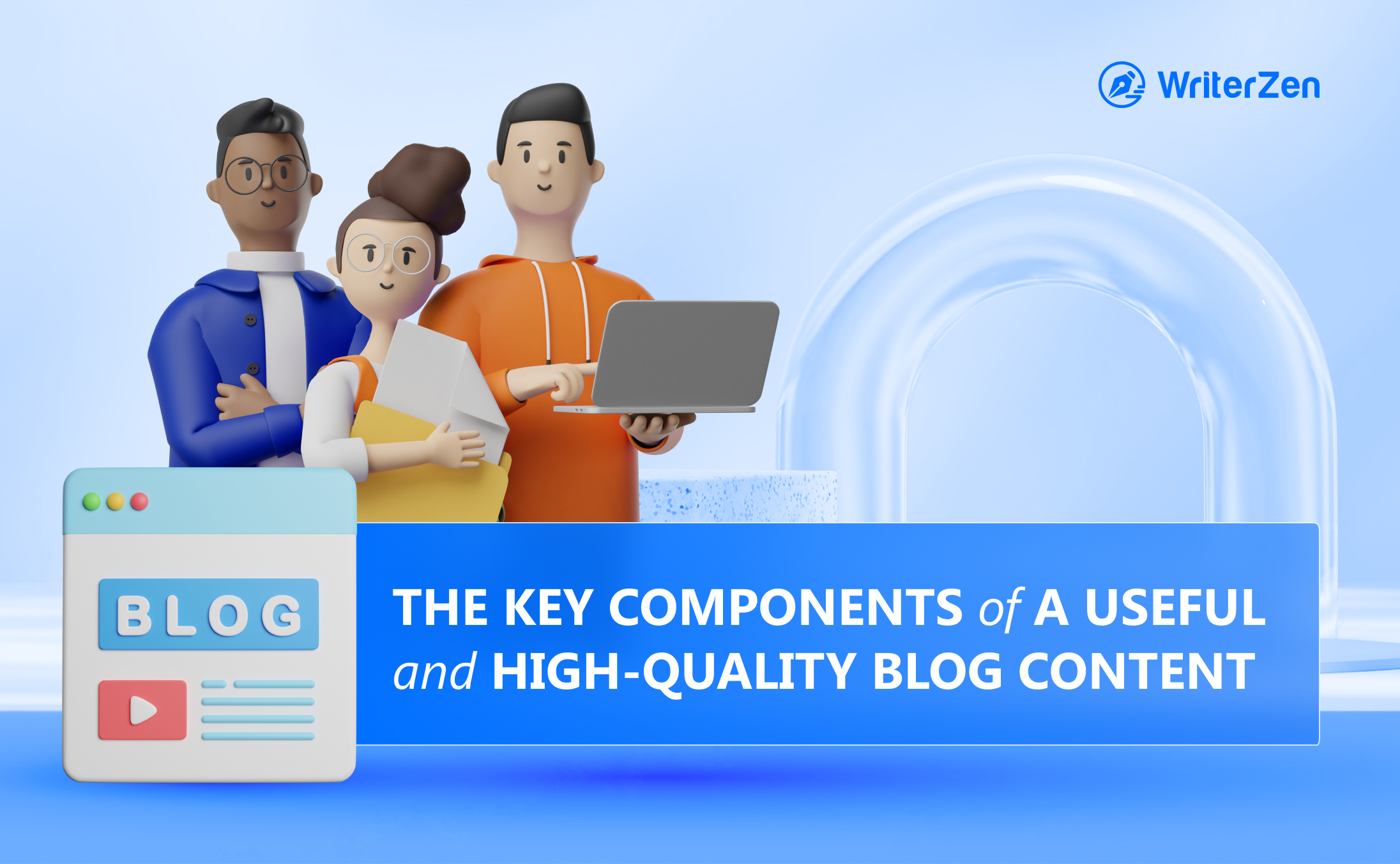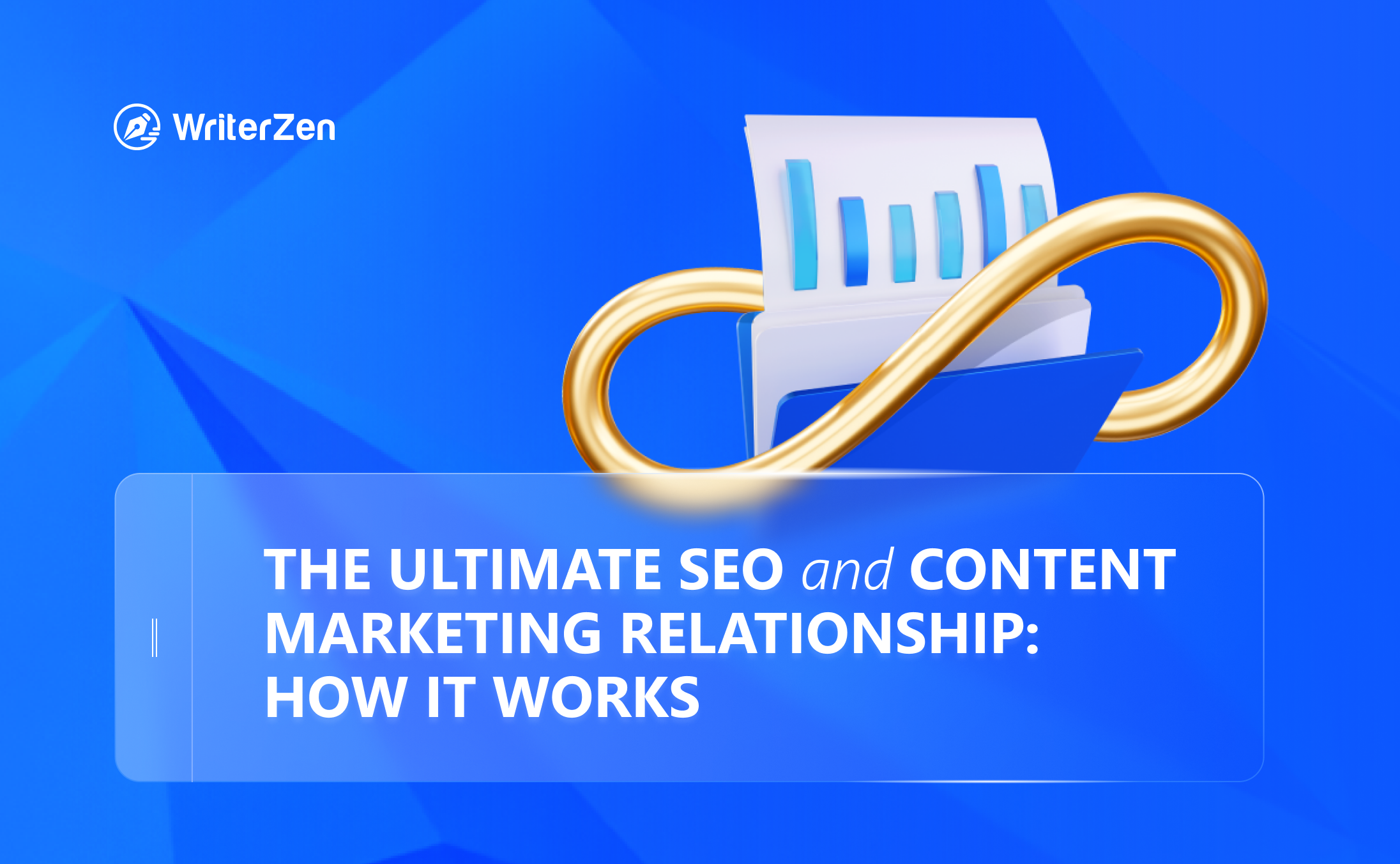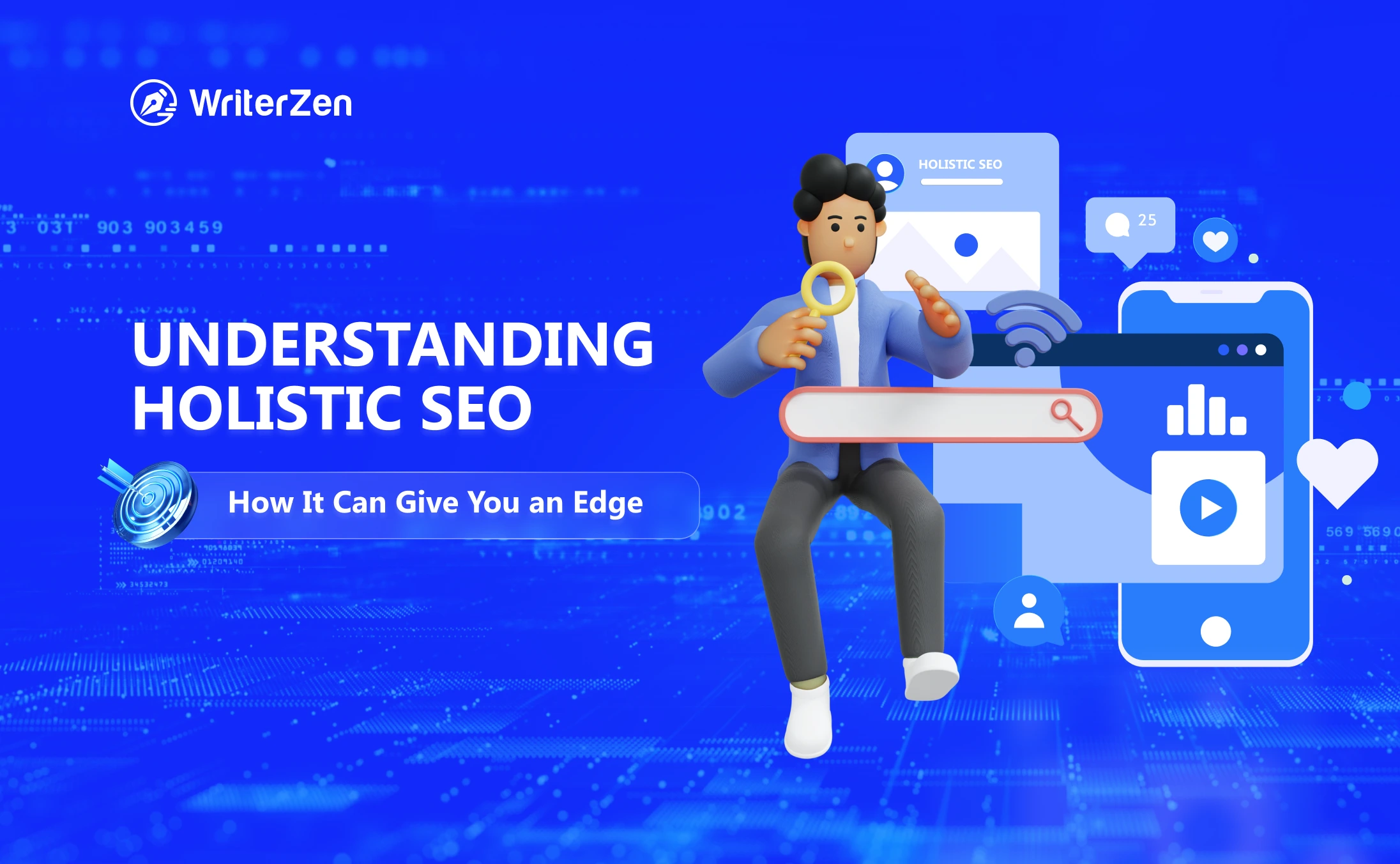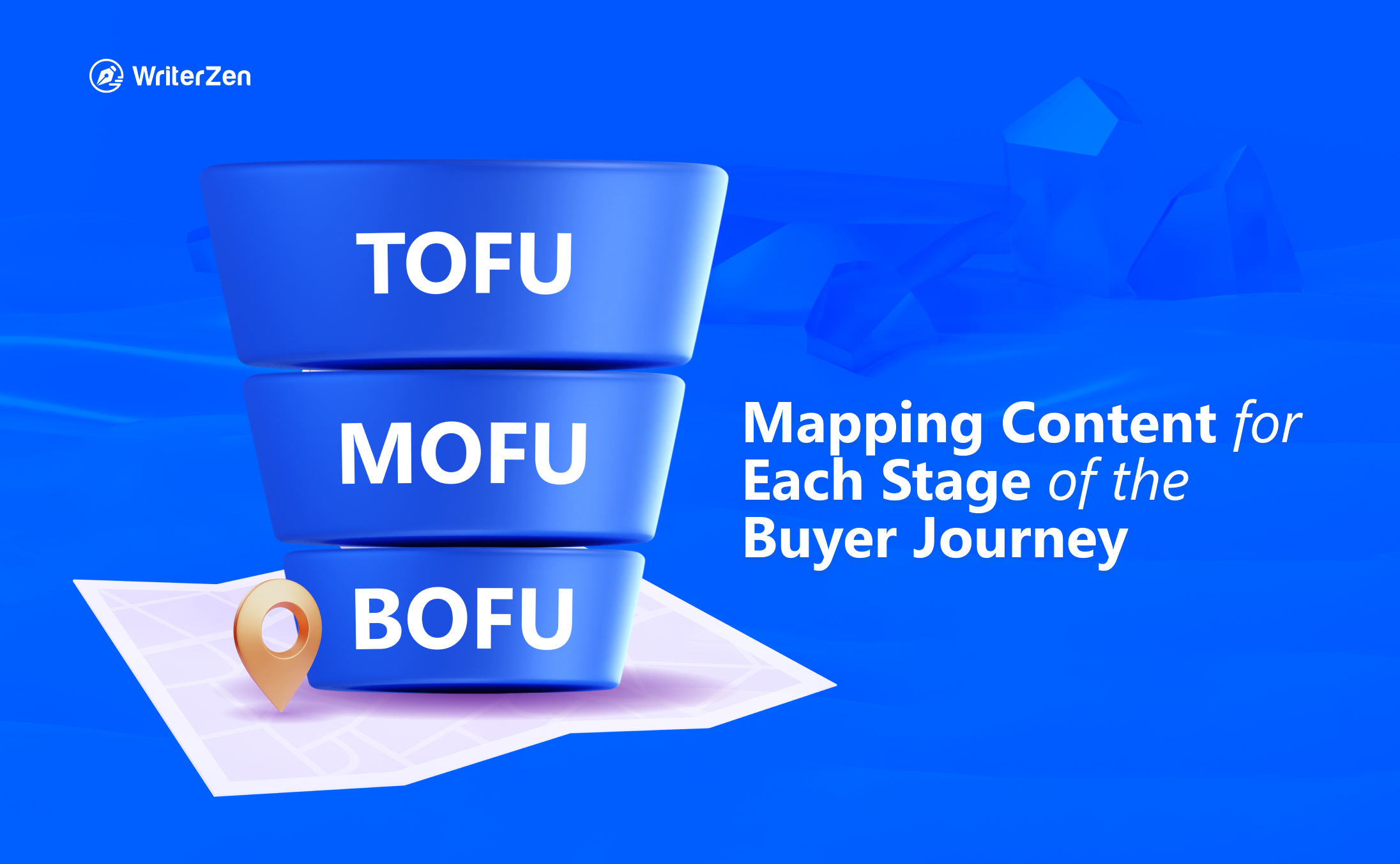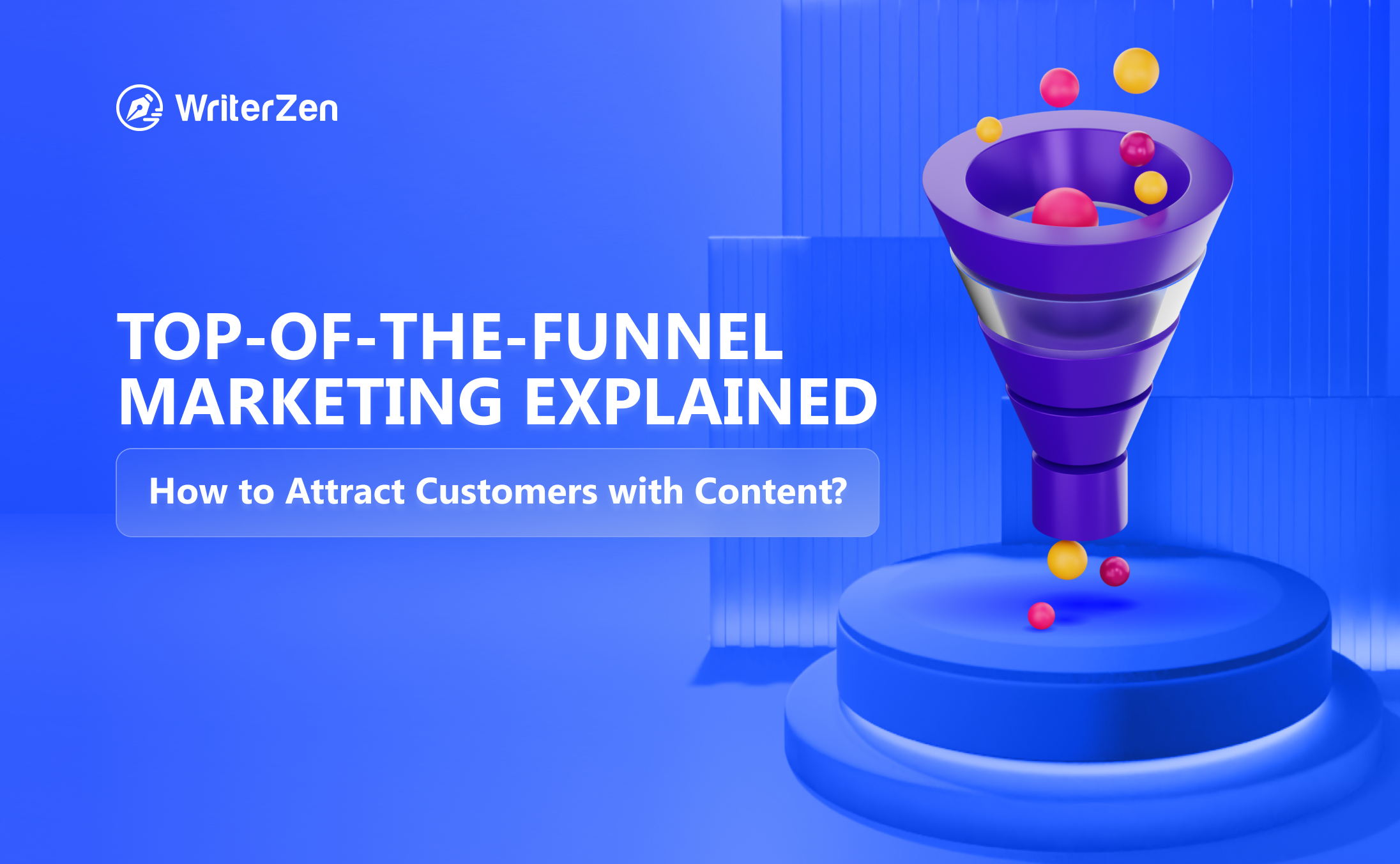Imagine you're an entrepreneur looking to take your online furniture store to the next level. You've set up a blog on your website, but you need to figure out how to use it to attract more customers and boost your sales.
That's where SEO content comes in.
By offering valuable content on your blog that keeps your readers engaged and optimizing your blog content for search engines, you can improve your website's visibility and attract more potential leads.
There are many different types of SEO content that you can use to grow your business, and in this article, we're going to explore some of the most effective strategies.
Read on to learn how to use targeted content to take your website to the next level.
Types of SEO Content
The success among the audience determines the effectiveness of the various SEO content types. You need to choose the type of SEO content depending on your niche, goals, and audience's intent.
Check out the following most common SEO content types that you can use to get started:
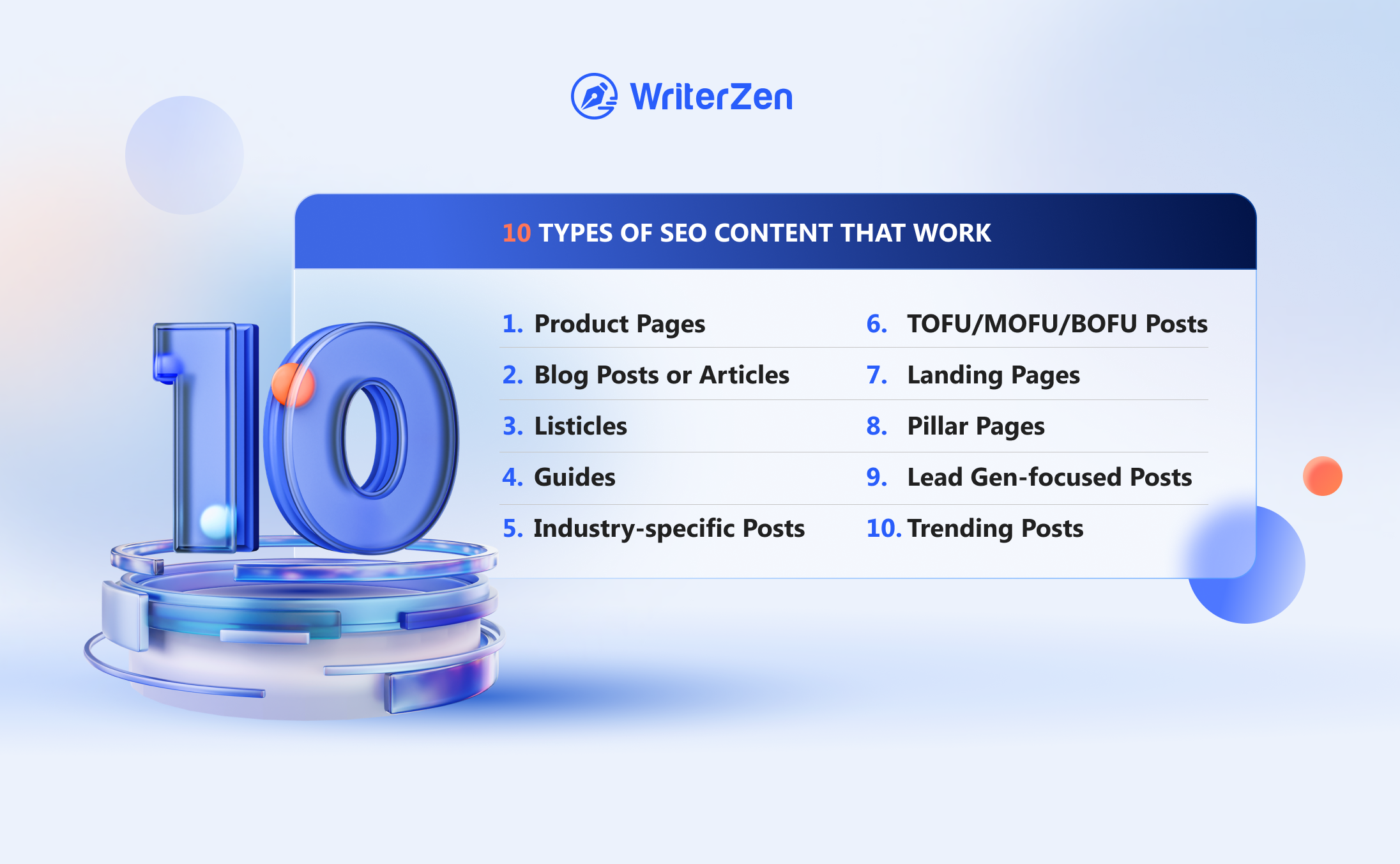
Product Pages
A product page is a web page of a website that helps users decide what to buy from the online marketplace. It describes a specific product or service.
A typical product page can include various specifications and features of the product, information about the brand, and the production process.
The content on the product pages is not limited to textual information. Many brands try to use innovative ways to showcase important information about the product, like videos, product demos, etc.
A product page is designed to ensure that the following queries regarding a specific product are answered:
-
How does the product function
-
How was the product sourced
-
The best ways of using the product
You must note that the main objective of a product page is to convince the audience to buy the specific product or service and not just inform them about it. Hence, you should include persuasive content that motivates the user to purchase the product.
Also, don't forget to incorporate a personalized Call to Action (CTA) button to increase product sales.
Blog Posts or Articles
A blog post is a type of content published on a website's blog segment. It can include articles, guides, news pieces, videos, infographics, or any other type of content.
It aims to interact with its audience, which is generally customized for a particular sect of readers. You might have come across articles on websites, magazines, newspapers, journals, etc.
Some characteristics of an article are as follows:
-
Tone: An article can be curated in either a formal or informal tone, depending on the target audience. A journalistic article, for example, would have a more formal tone, while an article for a personal blog could have a more casual tone.
-
Point of view: The writer's point of view is an important part of any article. The author will typically share their own opinions, insights, and suggestions, all of which should be supported by evidence, statistics, and trustworthy sources.
-
Descriptive language: An article is often used to describe events, known personalities, experiences, or places. To do so, the writer must be adept at using descriptive language to convey their message effectively.
A typical blog post follows the following structure:
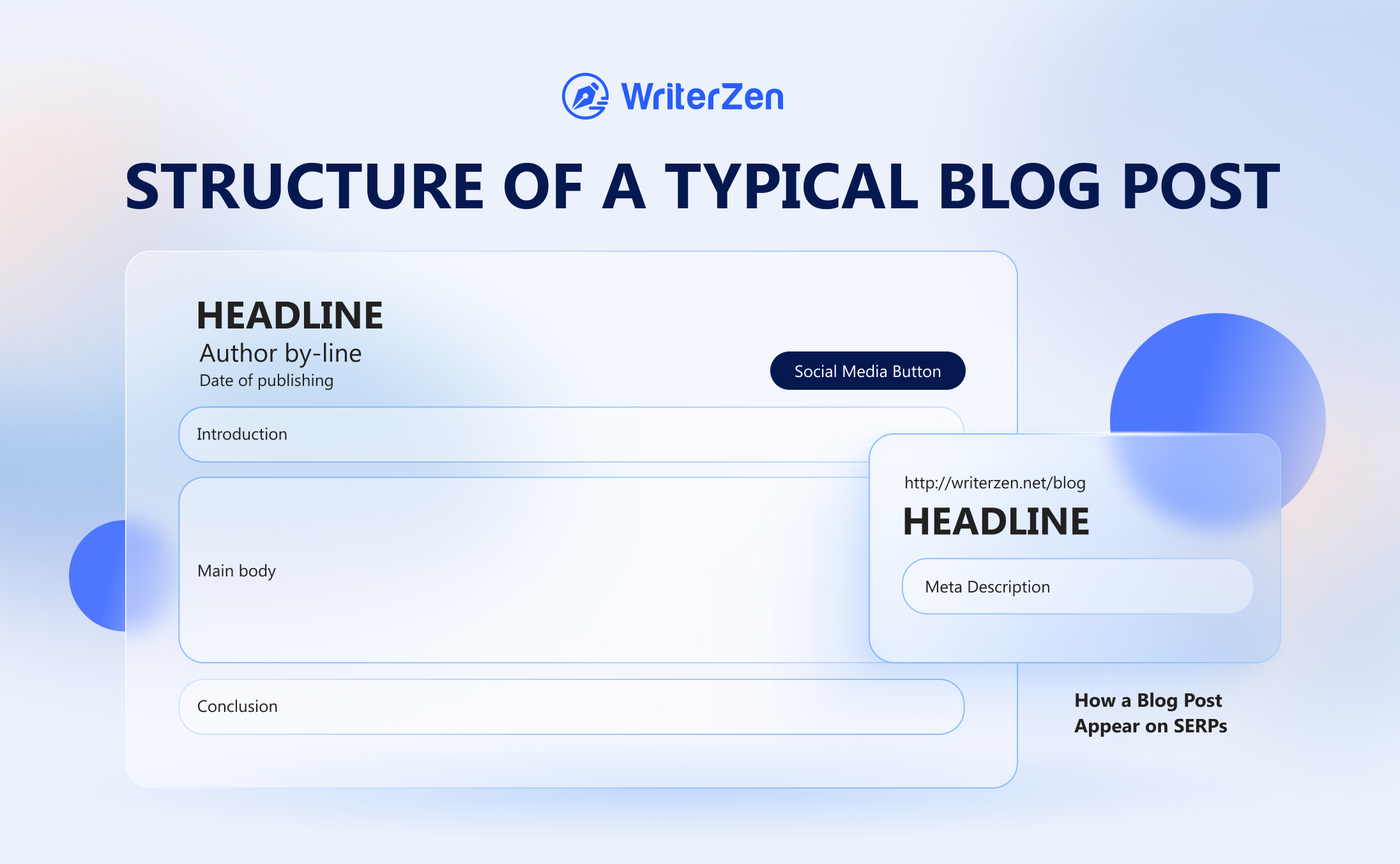
-
Headline: This must be captivating for the audience since it is viewed in search results or social media feed.
You can include main keywords or phrases to capture the audience's attention. The readers should be convinced to open the article webpage after reading the title.
-
Meta description: This HTML element acts as a brief summary for the blog post webpage. This is also viewed by the audience as a snippet in the Search Engine Results Page (SERP).
-
Date of publishing: This indicates the recency of the post to the audience.
-
Author by-line: This helps the audience identify the content's curator.
-
Introduction: The introduction section is what engages your audience and motivates them to finish reading the blog post. You should insert some of the keywords in this section.
This section describes the title in brief. Make sure you do not make it long or boring otherwise, the readers might lose interest in the article.
-
Main body: This is the main section of the blog post that could range from 300 to 3000 words depending on the format of the post. It is recommended to alter the word count of your blog posts as you better understand the audience's requirements.
This section of the article includes all the essential subheadings for the title. The tone and length of this section should be personalized according to the target audience.
-
Conclusion: This section summarizes the main body of the blog post.
Many other elements can also be included in a blog post, such as the comments section, social media buttons, Call to action, etc.
Listicles
Listicles are a type of article curated in the form of a list. The list could include anything ranging from ideas, objects, checklists, etc. Generally, you can distinguish between a listicle and an article by analyzing the content's title.
For example, articles with titles like "10 ways to improve the process" or "Checklist for camping" are usually offered in a list format. This way of presenting information is more appealing to readers and a more manageable way for writers to structure the content.
Lists can efficiently convey and break down information in a concise and readable format, making it easier for readers to follow and absorb the content. The format also enables readers to scan through the article and identify the parts that are relevant to them, ignoring the ones that do not apply.
For writers, lists are also helpful in organizing their ideas and highlighting the essential points they want to convey. Therefore, articles presented in list format are a popular and practical way of presenting content that is easy to understand and is likely to be read.
Let's consider an example to understand this. Suppose you want to research how to create a startup. Now you see two options of content,
-
Ten easy steps to create a startup
-
How to create a startup
Readers will probably select the first option because it specifies the number of needed steps and gives an impression that the content is easy to read.
Guides
A guide is another type of long-form content that provides a detailed explanation of how to do something. If the length of the guide gets too long, it can be divided into multiple web pages for ease of readability.
When sharing a guide on your website, you have two options: publishing it in full or providing a synopsis with a subscription requirement for readers to access the complete version via newsletter.
While the latter option can be a helpful way to expand your website's audience, be mindful that requiring users to complete an extra step might drive some away to other sources.
Guides can take the form of an article, video, or infographic, each with its advantages that depend on the guide's nature and target audience. Ultimately, the key to successfully sharing useful information is to make it accessible, user-friendly, and easy to follow.
Industry-specific Posts
Industry-specific posts are also the type of long-form articles that make use of long-tail keywords to generate more traffic. The primary goal of this type of content is to attract and retain the audience by demonstrating expertise in a particular industry or domain.
One can publish these posts in the format of listicles, guides, straightforward articles, etc. This type of content is specific and detailed, creating backlinks that can result in better content SEO optimisation.
Let’s understand this with an example. Most brands and company websites have a blog section on their websites where they publish various content related to their products and services.
These content pieces are mainly targeted toward the customer base of the website, with the expectation that readers who engage with the content are more likely to become customers themselves.
TOFU/MOFU/BOFU Posts
To understand these SEO-friendly content examples, we must first understand a customer's decision-making journey. The decision-making stage can be divided into the following:
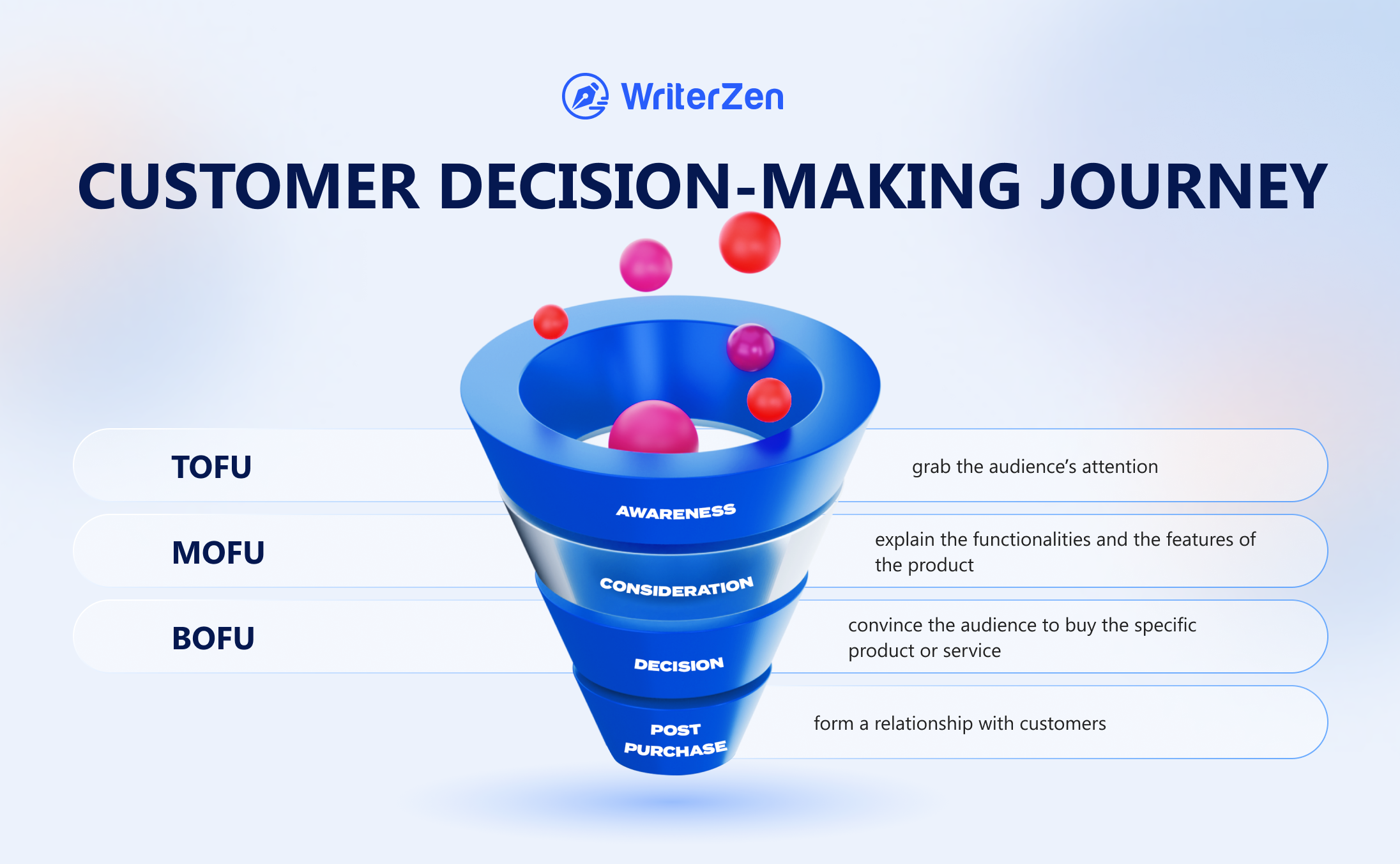
-
Awareness Stage: This is the first stage with the maximum number of audiences who are least likely to convert into customers. The Top-of-funnel or TOFU posts are created for this stage to grab the audience's attention.
-
Consideration Stage: This is the second stage with a targeted audience that might convert into leads. The Middle-of-Funnel or MOFU posts are created for the consideration stage to explain the functionalities and features of the product.
-
Decision Stage: This is the third stage with a narrow audience that is ready to make a purchase. The Bottom-of-Funnel or BOFU posts are created for the decision stage to persuade the audience that your product or service is the best in the market.
-
Post-purchase Stage: This is the part where the customer has made a purchase or is going to purchase. This stage enables the customers to form a relationship with the brand.
Before creating these content types, it is essential to understand the customer base and where they are in the decision-making journey.
Landing Pages
A landing page is a web page of a website that aims to convert visitors into potential leads.
It differs from all the other web pages on the website because of the following reasons:
-
The only goal of the landing page is the conversion of visitors into potential leads. Not every web page on the website falls under this category, as their objectives could differ from just generating leads.
-
It consists of a form that lets the website owner record the audience’s information. Generally, the audience is convinced to fill the form by offering something in return like access to personalized templates, special discounts, cash-back offers, etc.
Pillar Pages
A pillar page (also known as a hub page) is a long-form type of content that offers a broad overview of a topic.
It consists of links to detailed content (known as cluster pages) pieces on several sub-topics. You can think of a pillar page as the table of contents for a topic and the subsequent cluster pages as the chapters.
The main objectives of a pillar page are as follows:
-
Build an internal linking library that improves the website’s SEO ranking and user-friendliness.
-
Get the consumers to stay on the website through various links.
-
Boosts trust and authority among the audience.
This type of content is generally longer than an average blog post. It is recommended to create a pillar page with at least 2000 words. Also, the pillar pages usually briefly describe the individual sub-topics but do not go into much detail.
Lead Gen-focused Posts
Lead gen-focused posts are long-form content that focuses on the subtopics mentioned in the pillar or hub page in a detailed manner. They aim to capture the audience's interest by targeting the keywords highlighted in the pillar pages.
These posts differ from other long-form content (including cluster pages) because they consist of a lead magnet that offers an incentive to the user if they accept the call to action.
Generally, these lead magnets are in the form of access to guides, templates, videos, e-books, white papers, etc. The action required by the audience is generally to provide their email and subscribe to periodic emails or newsletters.
Trending Posts
The popularity of trending posts is not everlasting, and they often rank higher for a short period. But these posts are specifically designed to generate increased traffic to a website in a short time when these posts are trending.
Content creators do something called “Newsjacking” to create trending posts. Newsjacking is the process of creating content on the most trending topic that is all over the news and social media.
You can also use Google Trends to look for the most trending topics worldwide and use those topics as titles or keywords.
Some of the benefits of creating trending posts are as follows:
-
Increased visibility: A wider audience views the content, and there is a chance to retain that audience for other posts.
-
Demonstration of expertise: Creators can showcase their expertise, creativity, and thought leadership.
-
Boost website’s newsworthiness: The website creates a sense of newsworthiness and relevance for itself.
What Content Type Should You Use?
Now that we know about some SEO content types, how do we decide which one to use?
Each content type is best suited for a specific scenario. For example, you can use a guide format if you need to explain how to do something, or you could use a product page if your main goal is to increase revenue via CTAs.
We do have some recommendations for choosing SEO content types listed below:
-
Take inspiration from other websites: Search for a specific keyword and navigate to the websites already ranking high in the SERP.
Take ideas from these websites to decide on the content type for your SEO content writing. However, you should confirm the legitimacy and relevance of the website before taking ideas from them.
-
Use new formats: You should be bold enough to use new formats to communicate your ideas uniquely and better.
However, you should also refrain from using new formats just because it is unique. Any new format that you choose must be aligned with your SEO Content strategy and add some form of value to your existing content.
-
Analyze competitor’s blog posts: If you notice that all your competitor websites are publishing similar types of content, you might try to stand out from the crowd by implementing a different kind of content.
For example, say all your competitors are publishing articles about history and culture, you can stand out from the crowd by creating content with video recordings.
-
Perform the analysis with a multi-keyword approach: You can never know which exact keyword the searcher is going to type in the search engine. Therefore, you should try to analyze the competitor’s blog posts for a range of keywords, and it will enable you to decide which content type to use for your blog post.
Ultimately, it is entirely up to you to decide the SEO content for your website. If you try a specific content type that doesn’t work out, you can always learn from the experience and choose a more suitable one.
Final Thoughts
Creating valuable SEO content is crucial to any successful online marketing strategy.
With the plethora of options available, it's essential to identify which type of content works best for your business needs. Whether it's long-form posts, interactive content, or product pages, each type of content has unique benefits and can help achieve different objectives.
Furthermore, tools like WriterZen's Keyword Planner and Content Creator would be helpful to streamline the process of planning and creating SEO content. These powerful tools can give in-depth insights into your keywords and help you create SEO content with AI Assistant.
By incorporating these tools into your content planning, you can create SEO-friendly content that is engaging and informative for your target audience.


